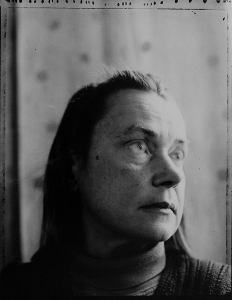"Loneliness is a strange bird. If it is called upon... at first it comes like a quiet stranger and slowly befriends you. It then starts to seep into the skin... to live inside of you as sort of an ally... to strengthen you in your pain, as a place to escape, to go to it, to survive by it, to turn "inside"... to find shelter, to find refuge. It acts as a shield, erects for you a barrier... but then, it starts to take over... it fills you up, and emptiness sets in. What was once "you" is now something "else"... a chasm, a quiet chamber where numbness echoes and your mind screams out for someone to care. The one that you were going to be has quietly left you, the one that you were going to become has slowly gone away and instead, you are left in the shadows, a shell... a walking veneer. The emptiness that makes up the internal "you" soon finds your exterior. It comes from the hidden inside to the bare outside, the eye's give off the clues like a poker tell... the secret inside of you is able to be seen... your isolation and hardness tell your tale... and so your face becomes your betrayer. You now walk with your secret as a mask for all to see, covering up what once was you... and telling the world that you are no longer there or letting the world see that it is a partial you" (source: JH Engstrom "Shelter 1997")
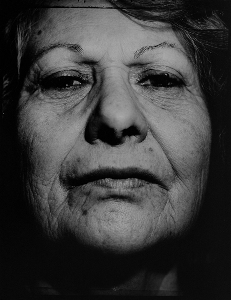
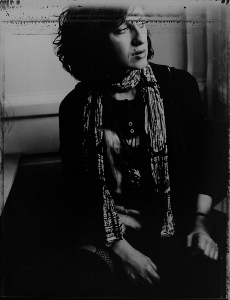




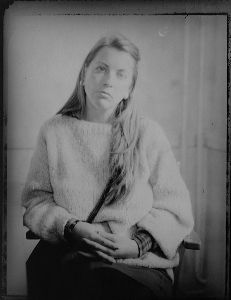



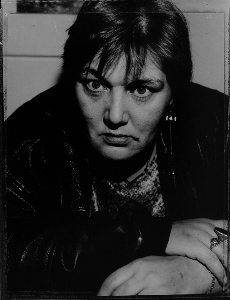

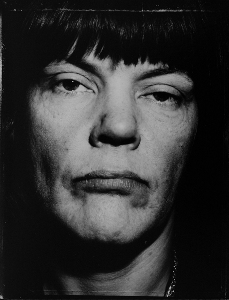
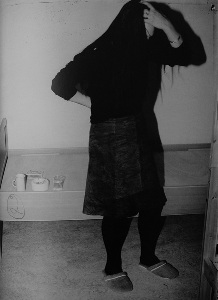
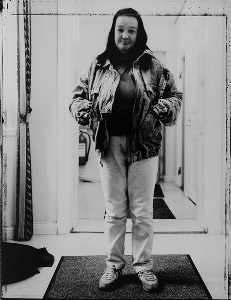
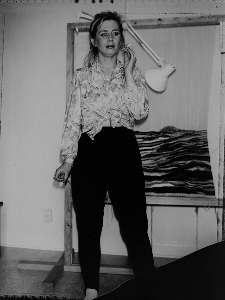
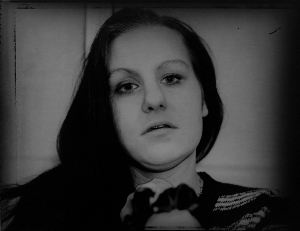
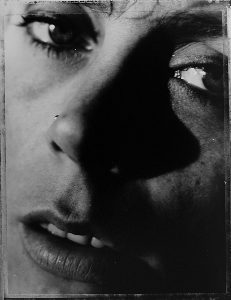

All images © JH Engstrom
Extract from Aperture no. 190 Spring 2008 pg 48-55. Article written by Martin Jaeggi "JH Engstom: Looking for Presense"
"If there's a word for my work," Engström once declared, "it's loneliness, mine and the other's." This attitude is already apparent in his first major work, Shelter (1997) a series of portraits of homeless women in a shelter in
Engström used another technique to underline the subjectivity of his photographs in Shelter, one that he would refine in later works: the prints are not made to the standards of traditionally defined technical perfection. Some look washed-out or overexposed; on others we notice smudges and dust, often the edge of the negative is visible on the print. The imperfections mark the time that has passed since the pictures were taken and render the editing and printing process visible. They emphasize that the viewer is looking at visual interpretations of reality, not the event itself. Making the picture is just the beginning of the actual creative act: "I think time is a very important tool in my work process," he says. "I get to know my photographs. The process is also very intuitive."
[Note to Self: Technical aspect I like = borders of images show either paper markings from 5x4 polaroids or the negative carrier in printing stage. Also like slight deliberate imperfections i.e. scratch marks and other. Evocative.]
